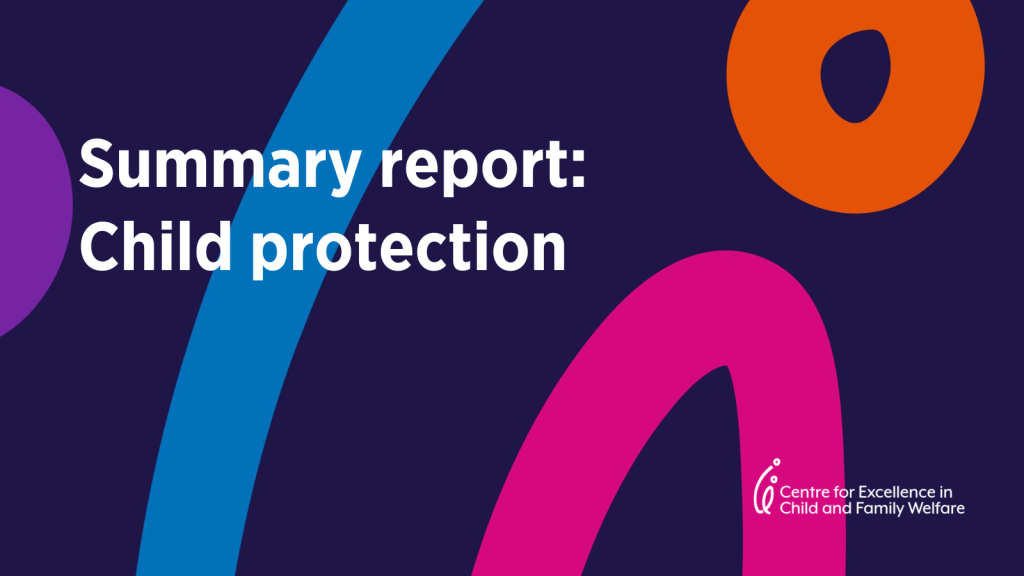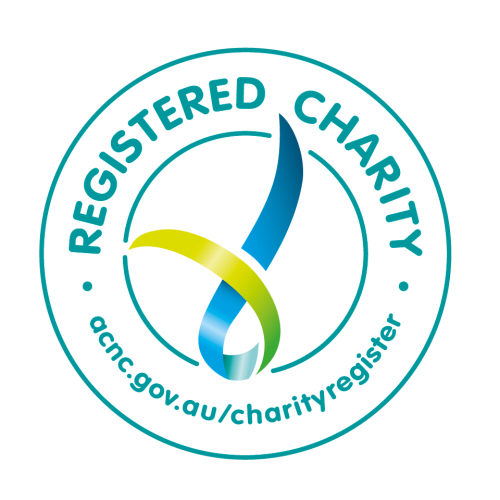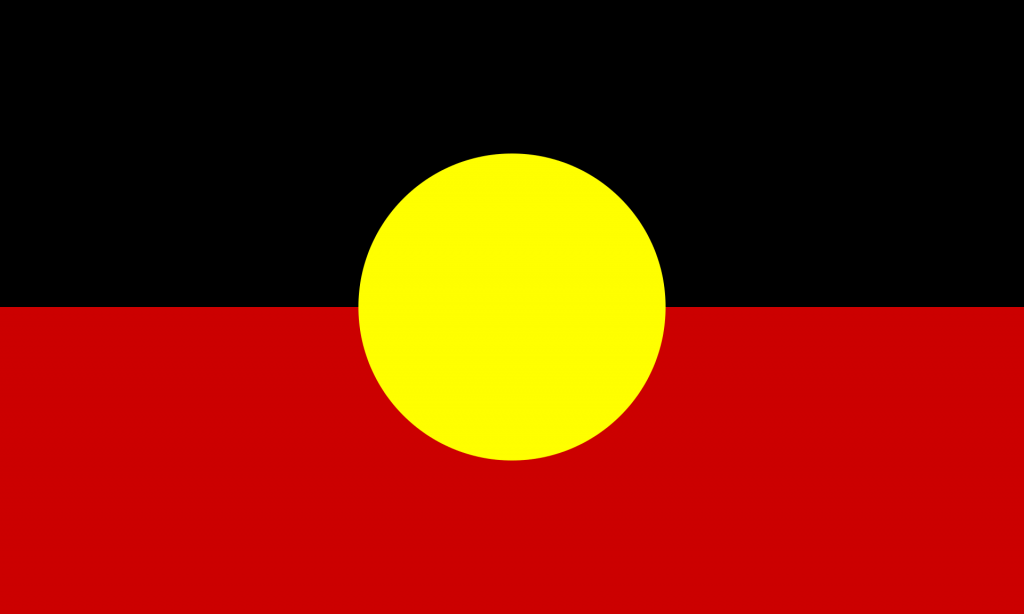The Productivity Commission has released its annual Report on Government Services, providing information on the equity, effectiveness, and efficiency of government services in Australia. Below are the relevant findings for the child and family services sector from 2021-2022.
Overview
Overall, while there has been improvement in some child protection services, others have remained the same or regressed. Nationally in 2021-2022, response times for child protection were the slowest in more than ten years of reported data. It is also concerning that NAPLAN results have remained significantly lower for children in care than for their peers.
In 2021, the proportion of children in care who were at or above the year 5 national minimum standard for reading was between 72.3 per cent and 79.8 per cent, compared to 94.1 per cent to 94.8 per cent for all students. The proportion of children in care who were at or above the year 5 national minimum standard for numeracy was between 66.0 per cent and 76.0 per cent, compared to 94.3 per cent to 94.6 per cent for all students.
There has been some improvement in the number of children placed with relatives or kin as opposed to other forms of care. For the general population, 52 per cent of children were placed with relatives or kin at 30 June 2020, with an increase to 54 per cent at 30 June 2022. For Aboriginal and Torres Strait Islander children, 52 per cent were previously placed with relatives or kin, with an increase to 54.3 per cent in 2022.
Data Summary
- Disproportionality
‘Disproportionality’ is an indicator of governments’ objective to provide child protection services in
an equitable manner.
– Across all jurisdictions in 2021-22, Aboriginal and Torres Strait Islander children were between 2 and 9 times more likely to be subjects of substantiations compared with their relative proportion in the population aged 0-17 years.
- Response time
‘Response times’ is an indicator of governments’ objective to provide child protection services that are responsive, ensuring that notifications are responded to, and investigations are completed, in a timely and appropriate manner.
– Nationally in 2021-2022, 56 per cent of investigations commenced within seven days of a notification being recorded (the lowest proportion over ten years of reported data) and 17.9 per cent of investigations were completed in 28 days or fewer (the lowest proportion over ten years of reported data).
– Nationally in 2021-2022, more than one in four investigations (26.6 per cent) took longer than 90 days to complete.
- Substantiation rate
‘Substantiation rate’ is an indicator of governments’ objective that child protection services are targeted to children and young people who are at greatest risk.
– Nationally in 2021-22, nearly half (45.8 per cent) of all finalised investigations were substantiated for abuse or neglect, or risk of abuse or neglect. The substantiation rate varied across jurisdictions and over time.
- Safety in care
‘Safety in care’ is an indicator of governments’ objective to provide quality care for children and young people aged 0–17 years who cannot live with their parents for reasons of safety or family crisis, with an emphasis on safety, stability, and permanency in children’s living arrangements.
– In 2021-2022, the proportion of children in care who were subject to a substantiation of abuse or neglect was between 0.8 per cent and 4.8 per cent across all jurisdictions where data was available.
– In 2021-22, the proportion of children in care who were the subject of a substantiation of abuse or neglect where the person responsible was living in the household providing care was between zero and 3.1 per cent across all jurisdictions where data was available.
- Stability of placement
‘Stability and permanency of placement’ is a partial indicator of governments’ objective to provide quality care for children and young people aged 0–17 years who cannot live with their parents for reasons of safety or family crisis, with an emphasis on safety, stability and permanency in children’s living arrangements.
– Nationally (excluding Tasmania) in 2021-2022, of children on a care and protection order who exited out-of-home care within 12 months, 87.7 per cent experienced one or two placements.
– Nationally in 2021-22, for children who had been in out-of-home care in 12 months or more, the proportion was 54.3 per cent.
– Nationally in 2021-22, 88.6 per cent of children who have been in out-of-home care for two years or more have had one or two placements in the past two years.
- Children in home based care
‘Children in home-based care’ is an indicator of governments’ objective to provide services that meet the needs of children and young people in the child protection system.
– Nationally at June 30 2022, 90.2 per cent of children in out-of-home care were in home-based care: 96.4 per cent for children aged less than 12 years, and 79.4 per cent for children aged 12- 27 years.
– Nationally, proportions were similar for Aboriginal and Torres Strait Islander children and non-Indigenous children.
- Placement maintains connections
‘Placement maintains connections’ is an indicator of governments’ objective to provide services that meet the needs of children and young people in the child protection system.
– Nationally at 30 June 2022, the proportion of children in out-of-home care who were placed with relatives or kin was 54.0 per cent, slightly lower for Aboriginal and Torres Strait Islander children (53.6 per cent) compared with non-Indigenous children (54.3 per cent).
– Nationally at 30 June 2022, 63.1 per cent of Aboriginal and Torres Strait Islander children in out-of-home care were placed either with relatives/kin (53.9 per cent) or with Aboriginal and Torres Strait Islander family based carers (9.2 per cent)
- Children with documented case plans
‘Children with current documented case plans’ is an indicator of governments’ objective to provide services that meet the needs of individual children and young people in the child protection system.
– Nationally at 30 June 2022, 87.6 per cent of children required to have a current documented and approved case plan, had such a case plan.
- Unit costs of care
‘Unit cost of care’ is an indicator of governments’ objective to provide child protection services in an efficient manner.
– Nationally in 2021-22, the unit cost of care was $288, continuing the trend in increased real costs since 2012-13.
– The unit cost of care should be considered in conjunction with expenditure on care services per child and by placement type. The annual cost per child in care at 30 June 2022 varied across jurisdictions, ranging from $61 731 to $150 783. In jurisdictions with available data, annual costs were considerably higher for residential care (between $487 185 and $955 880) compared to non-residential care (between $44 139 and $58 942).
- Improved safety
‘Improved safety’ is an indicator of governments’ objective to protect children and young people who are at risk of abuse and neglect within their families, or whose families do not have the capacity to provide care and protection.
– The proportion of substantiations that occurred within 3 and 12 months of a decision not to substantiate in 2020-21 was under 6 per cent and 15 per cent respectively in all jurisdictions.
The proportion of substantiations that occurred within 3 and 12 months of a prior substantiation in 2020-21 was under 12 per cent and 24 per cent respectively in all jurisdictions.
- Improved Education
‘Improved education’ is an indicator of governments’ objective to support children and young people in the child protection system to reach their potential.
– NAPLAN results for children in care were significantly lower than for all students. In 2021, for jurisdictions with available data. the proportion of children in care who were at or above the year 5 national minimum standard for reading was between 72.3 per cent and 79.8 per cent, compared to 94.1 per cent to 94.8 per cent for all students. The proportion of children in care who were at or above the year 5 national minimum standard for numeracy was between 66.0 per cent and 76.0 per cent, compared to 94.3 per cent to 94.6 per cent for all students.
- Exit from out-of-home care
‘Exit from out-of-home care to a permanency arrangement’ is an indicator of governments’ objective to protect children and young people who are at risk of abuse and neglect within their families or whose families do not have the capacity to provide care and protection.
– Nationally, 88.2 per cent of children who left out-of-home care to a permanency arrangement in 2020-21 did not return to out-of-home care in the following 12 months.
The full report can be downloaded here: Child protection
* Please refer to the report when interpreting data. Source: Productivity Commission 2023, Report on Government Services 2021-2022, Productivity Commission, Melbourne.






